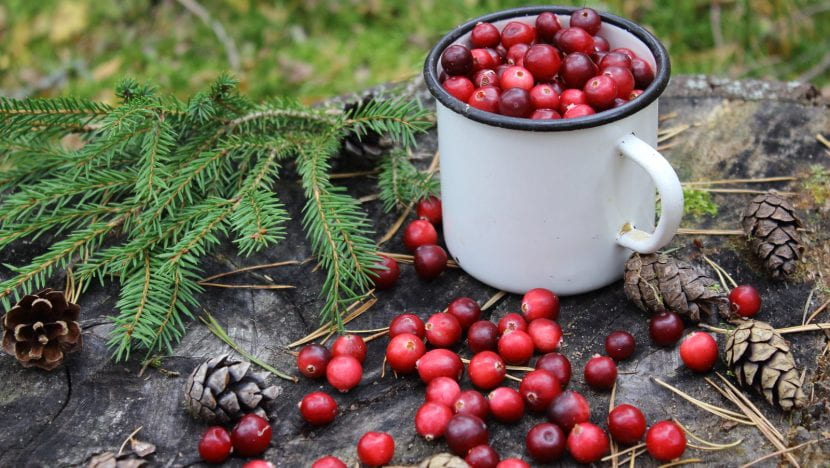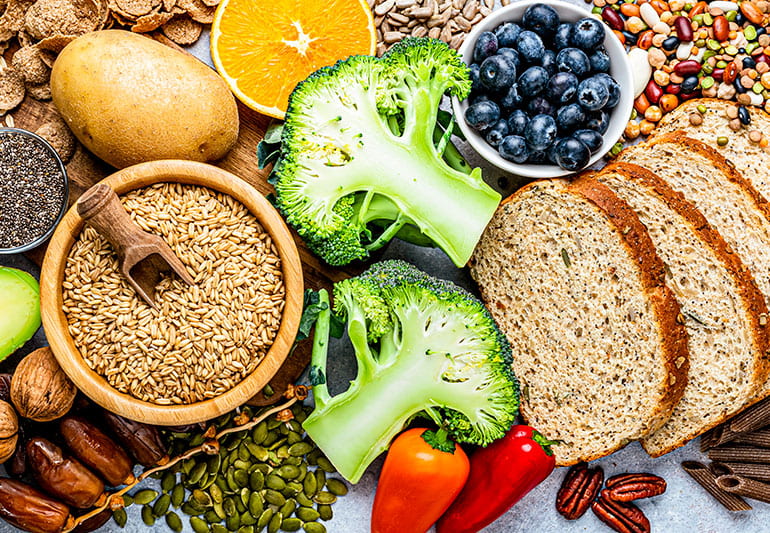A New Year, A New You
Many of us use the start of a new year to set goals or make a resolution. According to a 2023 Forbes Health Survey, some of the most common resolutions fall into one of these categories: to improve mental health, to improve physical health, or to improve finances. Regardless of your resolution or goal, it…









